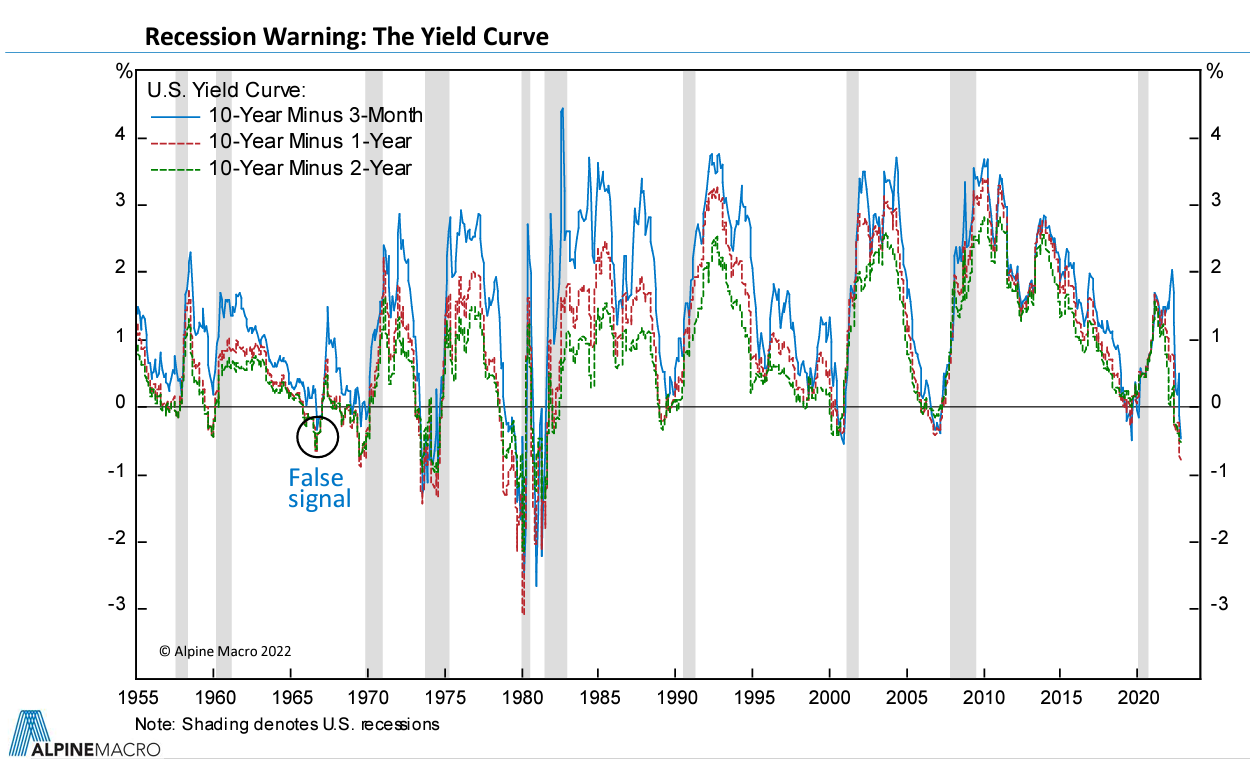Unless you have been underwater for over a year, you probably know that selling risk assets like U.S. stocks and bitcoin (BTC) and buying the U.S. dollar against the Japanese yen (JPY) have been some of the most popular macro bets since the start of 2022.
Investors have been reassessing their commitment to these so-called hawkish Federal Reserve (Fed) trades in recent weeks and piling back into risk assets, except bitcoin, thanks to the peak inflation narrative and the central bank hinting at moderation in liquidity tightening from December.
The S&P 500, Wall Street's benchmark equity index, has gained 16% in less than two months to trade above the widely-tracked 200-day moving average for the first time since early April. The USD/JPY pair, often called a turbo bet on the Fed policy and U.S. rates, has dropped 11% to its 200-day moving average. The dollar index, which tracks the greenback's value against major fiat currencies, has also dropped below its 200-day average.
The U.S. government bond yields have come off sharply from the yearly highs, validating the peak inflation narrative and the resulting risk revival in equity and currency markets.
Bitcoin, however, appears to have decoupled from macroeconomic developments and traditional markets. At press time, the leading cryptocurrency by market value changed hands at $17,340 or traded at a discount of 22% to its 200-day moving average.
This shows that the FTX insolvency couldn't have come at a worse time for bitcoin and the broader crypto market.
"Historically, (U.S.) stocks and crypto have a strong relationship with each other. Without FTX implosion, bitcoin might have been trading at $29,000 by now – instead of $17,200 (or 69% higher)," Markus Thielen, head of research and strategy at crypto services provider Matrixport, said.
"If the market can move on from FTX, those prices could still be achieved," Thielen said.

The recovery suggests that the height of the fear cycle has faded. Therefore, crypto investors may now focus on the improved macro backdrop and the risk reset in traditional markets.
One question is whether the latest risk revival in traditional markets will be long-lasting, given that the U.S. economy is heading toward a recession. The situation identified by consecutive quarterly contractions in the growth rate does not sound conducive to risk assets.

The inverted yield curve is widely considered an advance indicator of a pending economic recession. (AlpineMacro/ Geo Chen) (AlpineMacro, Geo Chen)
However, a recession could turn out to be a blessing in disguise, according to an analysis by macro trader Geo Chen.
"The Fed is over-tightening into a recession that has likely already started, and this will likely result in a downtrend in inflation that will be more persistent than many expect," Chen said in a Substack post published on Nov. 22.
"The biggest driver of asset prices this year has been yields and inflation, so a downtrend in yields should be a tailwind for asset prices and make next year look like the mirror image of this year," Chen added.
 coindesk.com
coindesk.com